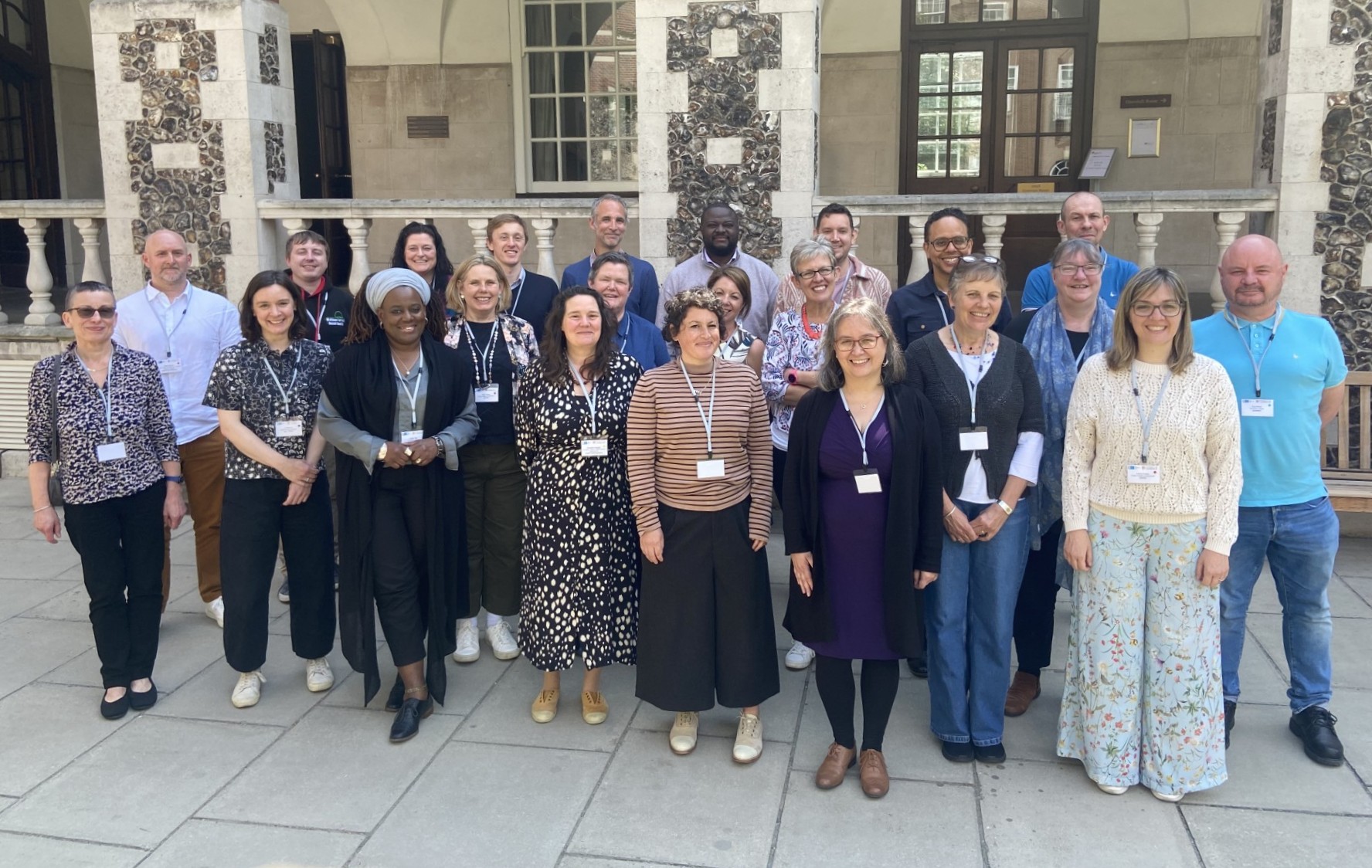
Submitted by A.S. Quenault on Mon, 07/07/2025 - 09:13
In May, the Unit organised a one-day workshop on the topic of HIV and STI data and how they can be better used to inform sexual health services.
Initiated and led by Anne Presanis, Senior Statistician at the BSU, and funded by the NIHR, the main aim of the event was to better understand a variety of stakeholders’ views on how sensitive but anonymised sexual health data at different geographic levels, and estimates of HIV and STI prevalence and incidence based on these data, might be best used to inform local and national decisions on sexual health services. Such decisions include how to design, fund and target local interventions to reduce transmission of HIV and STIs and reduce the harms and inequalities associated with them. Participants included representatives of community organisations (Africa Advocacy Foundation, Terrence Higgins Trust, National AIDS Trust, MESMAC, George House Trust); commissioners from the English HIV and Sexual Health Commissioners’ Group; local government sexual health outreach professionals; sexual health clinicians; UKHSA sexual health facilitators and epidemiologists; and researchers in sexual health from Cambridge, UCL and the University of Lincoln.
The programme covered three main areas: why HIV and STI estimates are needed in addition to data; how HIV and STI data are used to provide estimates to inform services; and understanding HIV and STI data at different geographic scales. There was a balance of talks and breakout discussions to delve into the key matters surrounding these important areas. Speakers included:
-
Juddy Otti - Africa Advocacy Foundation
-
Alison Brown, Hamish Mohammed, Ross Harris and Laura Vivani - UK Health Security Agency (UKHSA)
-
Peter Kirwan – MRC Biostatistics Unit
-
Dana Ogaz - UKHSA and Natsal
-
Helene Markham-Jones - Lincoln Institute for Rural and Coastal Health, University of Lincoln
Three key themes emerged from the talks and discussions during the event:
- Theme 1: Data collection structures don’t reflect the complexity of different populations, their experiences, and how communities interact.
- Theme 2: The balance of local, regional, and national data and estimates required for different decisions depends on the objective, use, and context of these decisions.
- Theme 3: Co-production is essential, for many reasons: engaging with underserved and marginalised populations and addressing disparities; valuing the information, knowledge, and expertise that community organisations collect and have; improving cross-stakeholder interdisciplinary collaboration; and translating data and estimates into action.
In addition, a common overarching theme was the need for better communication between stakeholders.
Looking ahead, we plan to apply for funding with some of these key stakeholders and collaborators, to enable more of these events to happen and for co-production of research into producing local estimates for local action. One example could be to build a community resource or repository for sexual health data resources.
Anne has been the driving force behind bringing this topic to the fore and also in organising and leading such a successful event. Anne said:
“It was incredibly useful to bring everyone together and understand different perspectives on the use of and need for local data and estimates to improve sexual health services. The workshop really informed my thinking on what types of statistical methods are going to be most appropriate for both local area estimation and acting on such estimates to inform testing, prevention and treatment interventions, given the many challenges of integrating data at different geographic scales.”


